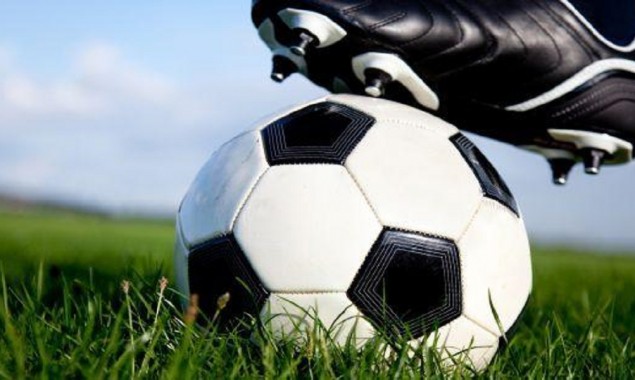Conor McGregor Makes Quick Work Of Dustin Poirier In UFC Free Fight
Making a quick leap up the featherweight ranks, Conor McGregor met battle-tested...

EPL to be a part of PFL with club partnerships
Football, or for some, soccer, in its essence, is a family sport targeted towards an audience of all ages, whether young or old. For a football enthusiast here are some historical facts and rules to understand the game in its true spirit.
Historically, the game originated from the ancient medieval times but in the 19th Century, Britain became the first country to introduce it to the world. In the beginning, football was played by the lower strata of the society, but with the passage of time, the game turned into a leisure activity for the upper class of the population across the world.
Established in 1904 to promote the game, the Federation International de Football Association (FIFA) has estimated that in the 21st Century, there are approximately 250 million football players and over 1.3 billion people are watching it. Moreover, in 2010 a combined television audience of 26 billion watched football’s premier tournament, the quadrennial month-long World Cup finals.
The structure and rules related to the sport are fairly simple, as the two teams consist of 11 players or 7 with 4 substitutes to be exact, maneouver the ball into the opposing team’s goal post. No player other than the goalkeeper can tackle the ball with their hands, but with the condition that a keeper could only take the ball into his hands inside the penalty area.
Just like other such games, the team that scores more goals wins; however, the skills and talent required to play the game, as well as the knowledge to outperform in the sports might take some time to master. Even after fulfilling the necessities, minimalistic ‘experience’ and a sound idea of teamwork and trust-building among team members is an absolute requirement, as football is a team sport.
Every player’s placement features a different job with a main focus to score against the opponent team. For younger players, knowing what’s expected of them is an especially essential component of building their soccer skills.
Each role within the team has equal and irreplaceable importance and they all work together to perform as a powerful body with total equilibrium and harmony, the functions of each of these positions are as follows:
Goalkeeper:
A goalkeeper is usually the last line of defence to prevent the opponent from scoring, this player protects the goal’s limit line as well as the net. A keeper, or goalie, is often the sole player allowed to use his hands inside the penalty area. When a goalie steps outside their penalty box which is usually measured to about 18 yards away from the goal, they need to function as a regular field player. Also, they can’t use their hands if a teammate passes it on to him during gameplay or off a throw-in.
Defenders:
Defenders, also referred to as backs are the field players closest to goal limit line and the net. They’re responsible for protecting the goalie, blocking shots, and stopping the opposite team’s offensive players from passing, receiving, shooting and scoring. Moreover while going into detail, there can be center backs, fullbacks, wingbacks, and one sweeper, although the sweeper position isn’t as common nowadays, these sort of players typically stay behind the opposite defenders however they can also help take the ball up the field in an offensive push.
Midfielers:
As you’ll probably speculate, midfielders (known by many other names such as playbacks), play mostly within the middle of the field. If the team’s working as a well-tuned automobile, midfielders are the gears that help drive that automobile with no room for errors between the defensive and offensive lines, thus midfielders need to be mentally and physically fit than other players on the field as they’re the players who run maximum time of the sport all around the field, therefore, they usually witness the most thrills and action during a game. There are many styles for playing as the midfielder and many roles however all share the same responsibility which is to enter the opposing team’s area and, see that they defend their territory when the opposing team retains the ball.
Forwards:
Forwards also referred to as strikers, are the primary sort of attackers and play closest to the opponent’s goal. They act like a sharply edged sphere or fearsome katana of the masterful warrior to earn goals for his or her respective teams, thus their primary objective is to attain more goals as often as possible. They’re usually the quickest on the field and must portray exceptional ball control. They ought to be able to take a ball shot from all angles, even directly off a pass or edge as well as goalie shoot. A forward also has got to train his legs the foremost to shoot powerful drivers to earn goals thus their training is based on power and agility in addition to precision shots.
Football players have various duties outside of the field as well, for example attending regular practice sessions, memorising complex and detailed attack/defense patterns, and keeping themselves in peak physical and mental shape to be ready to provide an ideal performance on the field, thus to become a ‘proper’ footballer, one must usually display interest within the sport from an early age, to draw in the eye of an expert coach or join an acceptable team.
Catch all the Football News, Sports News, Breaking News Event and Latest News Updates on The BOL News
Download The BOL News App to get the Daily News Update & Follow us on Google News.